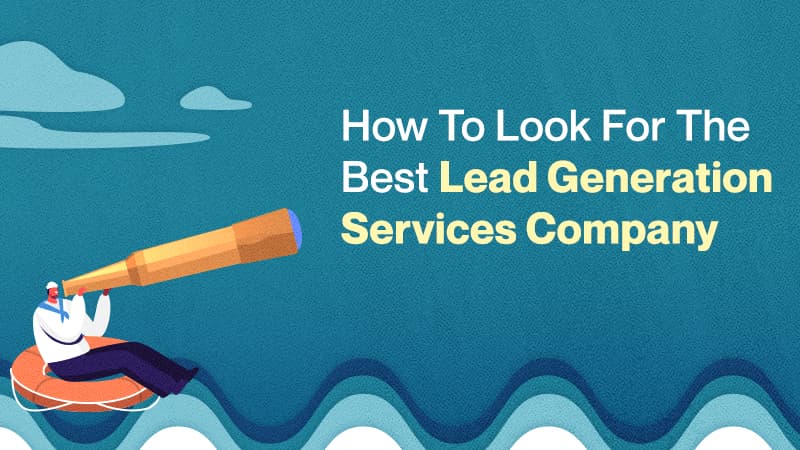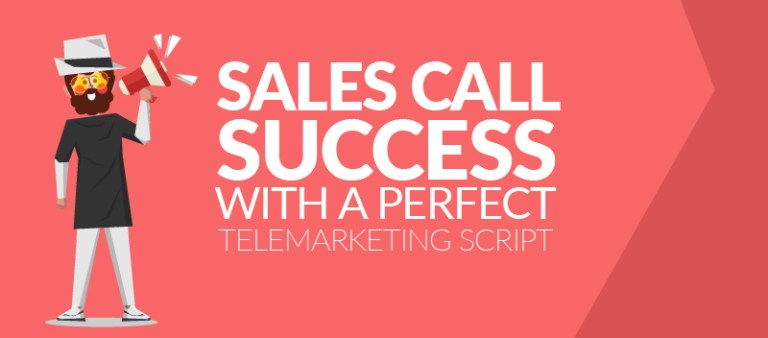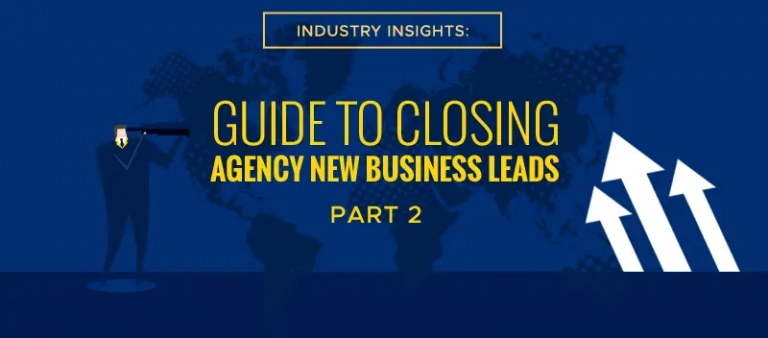Meeting a potential customer in person for the first time is a lot like going on a first date. After coming across each other online and a lengthy back-and-forth through emails, calls, chat, and social media, both you and the prospect finally decide to meet face-to-face to see if it makes sense to take your relationship to the next level.
Like dating, in-person sales meetings involve a delicate balancing act of rules, norms, and customs. In fact, a lot of the best practices we follow in the world of dating also apply to the way we prepare and carry out face-to-face sales meetings. Here’s a neat little infographic that shows a few of these lessons.

Face-to-face meetings remain one of the best channels to nurture opportunities and to turn them into customers. A 2017 Harvard Business Review article says face-to-face requests are 34% more successful than emails.
That’s why, this Valentine’s season, let’s take a close look at some dating best practices to help us have better in-person sales meetings.
#1 There’s no such thing as over-preparation.
That old saying about first impressions is true. You don’t want to leave the wrong impression on your date or prospect because, in most cases, it’s going to be the only thing they’ll remember about you. That’s why, in dating and in face-to-face sales meetings, there’s no such thing as too much preparation.
So start your preparations by setting specific goals. Don’t just say “to learn more about the prospect”. Instead, write out what particular things about the prospect’s company or pain point you’d like to find out.
Also, your appearance matters more than you think. To make sure you’re properly dressed, think about the meeting’s setting and use social media to get a sense of the prospect’s style.
Always do your homework before showing up for a meeting with a prospect. Pull up the prospect’s CRM record, read up on relevant company/industry developments, or find a common personal thing you can bring up in your conversation. There’s a reason why 43% of singles google someone before their first date, and why 63% of B2B buyers start the purchase journey with an Internet search.
Related: 6 Ways a SMART Telemarketing Platform Doubles Sales Productivity
#2 It’s all about communication, communication, communication.
Recently, author Mark Manson shared the relationship advice he got from 1,500 of his subscribers. The survey showed that people in ongoing long-term relationships cited respect (not communication) as the number-one factor in a happy marriage.
But when you’re only taking the first steps in a relationship (such as when going on a date), it’s all about communication. You can say the same thing about meeting a sales prospect in person for the first time. Communication makes or breaks deals.
Related: What to do After a Horrible Sales Call?
Communication takes on various forms in an in-person meeting. It’s both what you say and what you don’t say—as well as what you do and don’t do. For example, the time you arrive speaks volumes: too early, and the prospect might think you’re too eager; too late, and there might not be a meeting when you get there.
You already know that communication is 93% nonverbal, so pay attention to both you and your prospect’s body language. What about the remaining 7%? Let your prospect do most of the talking, but don’t appear uninterested or (worse) unknowledgeable.
Related: 5 Data-backed Tips for Better Phone-based Sales Presentations
#3 The first meeting is only the beginning.
Obviously, the first date isn’t the time to be making some serious commitment. Although you really can’t fit relationships into a one-size-fits-all timeline, some sources suggest that it takes 6 to 8 dates before couples become “exclusive”.
In today’s fast-changing B2B buying landscape, where purchase cycles are getting longer and more stakeholders make the buying decision, the first in-person sales meeting isn’t the time to be closing. In fact, for complex-sale products, there isn’t much to expect from the first few in-person meetings other than to make sure there’s really a good fit.
That’s why there’s no need for the hard sell or to offer your pitch at your very first sales meeting. If everything works out, it’s only just the beginning. Instead of “always be closing”, why not try “always be following up”?
Related: 5 Winning Sales Cadence Examples (and Lessons to Draw from Them)
Happy Valentine’s!




